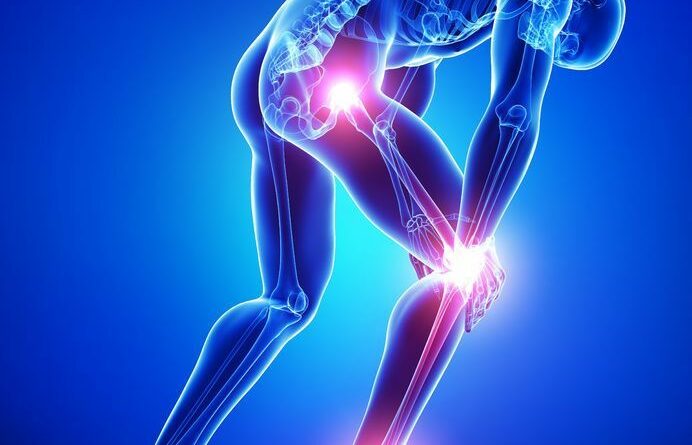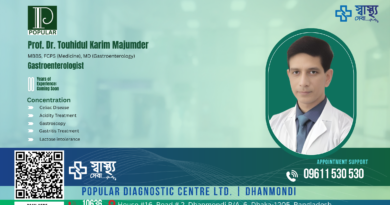Spinal Decompression Therapy – Innovative Non-Surgical
Back pain is one of the most common health issues affecting millions of people worldwide. Whether it’s caused by poor posture, injuries, or degenerative conditions, chronic back pain can significantly impact your quality of life. Fortunately, advancements in healthcare have, over time, led to innovative solutions like spinal decompression therapy. Specifically, this non-invasive treatment is designed to alleviate pain while also promoting long-term spinal health.
What is Spinal Decompression Therapy?
Spinal decompression therapy is a cutting-edge, non-surgical treatment that aims to relieve pressure on the spinal discs, nerves, and joints. The therapy involves gently stretching the spine using a specialized traction table or device, which, in turn, creates negative pressure within the spinal column. As a result, this process helps reposition herniated or bulging discs, thereby reducing nerve compression and improving nutrient flow to the affected areas, ultimately accelerating the body’s natural healing process.
How Does Spinal Decompression Work?
During a spinal decompression session, the patient lies on a motorized table controlled by a computer system. s a vacuum effect that encourages the retraction of bulging or herniated discs. Additionally, this vacuum effect improves blood circulation, which enhances the flow of oxygen, water, and essential nutrients to the injured areas of the spine, promoting faster recovery.
Conditions Treated by Spinal Decompression Therapy
Spinal decompression is highly effective for various back and neck conditions, including:
- Herniated or Bulging Discs
The therapy helps retract the protruding disc material, reducing pressure on the nerves and relieving pain. - Degenerative Disc Disease
Spinal decompression improves the health of degenerative discs by promoting fluid exchange, which helps slow down further degeneration. - Sciatica
By relieving pressure on the sciatic nerve, spinal decompression can reduce the pain, tingling, and numbness associated with sciatica. - Spinal Stenosis
This condition involves the narrowing of the spinal canal, which can compress the nerves. Decompression therapy helps by increasing the space within the spinal canal. - Facet Syndrome
Decompression therapy reduces stress on the facet joints, alleviating pain caused by inflammation and irritation.
Benefits of Spinal Decompression Therapy
Spinal decompression offers several key benefits, making it an attractive option for patients seeking non-surgical relief from back pain:
- Non-Invasive and Painless
Unlike surgical procedures, spinal decompression is completely non-invasive and does not require anesthesia or recovery time. - Long-Term Pain Relief
By addressing the root cause of back pain—compressed spinal discs and nerves—spinal decompression provides long-lasting relief. - Improved Mobility
As pain decreases and spinal alignment improves, patients often experience better flexibility and overall mobility. - Enhanced Quality of Life
With reduced pain and increased function, patients can return to their daily activities with greater ease and comfort.
What to Expect During Treatment
A typical spinal decompression session lasts between 30 to 45 minutes. Depending on the severity of the condition, patients may require multiple sessions over several weeks. The therapy is generally well-tolerated, and most patients report feeling a gentle stretching sensation without discomfort.
After each session, patients may be advised to perform specific exercises and stretches to strengthen the spine and maintain the results of the treatment. Maintaining good posture, staying active, and following a healthy lifestyle can further enhance the benefits of spinal decompression therapy.
Is Spinal Decompression Therapy Right for You?
While spinal decompression therapy is effective for many people, it may not be suitable for everyone. Patients with fractures, tumors, advanced osteoporosis, or spinal implants should consult a healthcare professional before undergoing treatment. A thorough evaluation by a qualified chiropractor or physiotherapist can determine whether spinal decompression is the right solution for your back pain.




